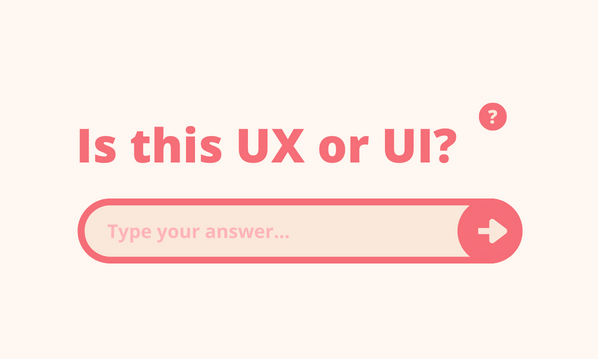 The ultimate aim for any business website is to attract new customers or clients. So imagine if your website actually turned them away… This could happen if your website does not have HTTPS enabled, as it’s essential for every business website to have this in 2018. If not, all the time, effort and money you’ve invested on your website may be wasted. And that risk will greatly increase from July 2018 due to some major changes that Google is bringing into force.
The ultimate aim for any business website is to attract new customers or clients. So imagine if your website actually turned them away… This could happen if your website does not have HTTPS enabled, as it’s essential for every business website to have this in 2018. If not, all the time, effort and money you’ve invested on your website may be wasted. And that risk will greatly increase from July 2018 due to some major changes that Google is bringing into force.
The current key benefits to switching your website to the secure HTTPS standard already include:
1. Better security
2. Greater customer trust and sales
3. More accurate Google Analytics data
4. A boost to your search engine visibility
You can read more about these in detail here.
But the bottom line is that the negative impact for not making this reasonably simple security improvement will get much bigger in 2018. Here’s why…
Why Non-HTTPS Website Will Struggle in 2018
When you visit a website which has a Secure Socket Layer (SSL) or Transport Layer Security (TLS) Certificate installed, you’ll see a padlock icon in the address bar at the top, and the web address will begin with https rather than http. This shows that the communication between your internet browser and the website will be encrypted, making it harder for anyone to intercept or steal your data.

Google originally started encouraging website owners to encrypt this traffic back in 2014 by announcing it would become a ‘very lightweight’ ranking factor. Now it’s become so important that it’s in the top 10 factors cited by major search industry publications and search tools.
Even if you don’t care about your search results (and you really should!), there’s another major reason for getting HTTPS in place now.
Google is already showing a warning for all non-HTTPS websites that require any type of user data when anyone visits them via the Google Chrome internet browser.
But from July 2018, Chrome users will see a warning every time they visit ANY website which is not using HTTPS, whether or not it transmits personal data.
So, whether or not you ask customers to log into your site, sign up for an email newsletter, or simply call a telephone number displayed on your website, your website will be marked as being “not secure” if it is not HTTPS – a worrying message for website visitors and potential customers to see.
If you’re wondering how many of your potential clients and customers will be affected, the answer is that Google Chrome is used for around 57% of all internet browsing worldwide. So between five and six people from every ten who come to your website. And with every other internet browser adopting similar practices in the future, it will soon be every potential customer who gets warned away from doing business with you if you don’t have HTTPS.
The Importance of Security and Privacy in 2018
Many internet users are now becoming more and more aware of security and privacy issues online. Whether it’s the imminent enforcement of GDPR regulations for anyone dealing with EU customers, the issues of Facebook data being used by third parties, or high profile victims of hacking and identity theft, we all want to feel secure when we’re online.
And as a result, your business needs to reassure any potential client or customer that you’ll keep them and their data safe. That’s going to be almost impossible when their internet browser is telling them your website is ‘not secure’.
The Good News About Switching to HTTPS
Losing 50-60% of your online enquiries and customers sounds pretty scary. But the good news is that it’s fairly quick to solve before it becomes a problem.
Reputable website providers including Yell offer SSL or TLS certificates and HTTPS as part of their standard website setup. And most small and medium-sized business websites can easily be made secure in this way. If you have a relatively small number of web pages, and don’t have any particularly complicated and unique functionality, it can be achieved in a matter of days. It’s something that does require a logical, technical process, so we recommend using a third party with experience of HTTPS setups or migrations if you haven’t performed one before. But that will still be a lot cheaper than the risk to your business if you either don’t switch your website to HTTPS, or make a mistake when attempting it.
Don’t forget that in addition to avoiding penalties for not having a secure website, you’ll also gain a number of new benefits by having an HTTPS-enabled website. To reiterate, these include:
- Being trusted by your customers
- Faster site speed, as the new HTTP/2 protocol increases website speeds and favours HTTPS websites
- Increased analytics data, as Google Analytics will remove referral data when a secure website sends traffic to a non-secure location
- Better search rankings, as you’ll get the benefit of a slight SEO boost, and will avoid the risk of any penalties
- Access to new tools, as Google and other companies increase the security required to be listed on services like Google Maps.
There really isn’t a good reason to avoid switching to a HTTPS website as soon as possible. But there are an increasing number of problems which could seriously affect your business if you delay it any longer. That’s why enabling HTTPS is essential for every business in 2018, particularly if you want to be visible and trusted online by potential customers.





